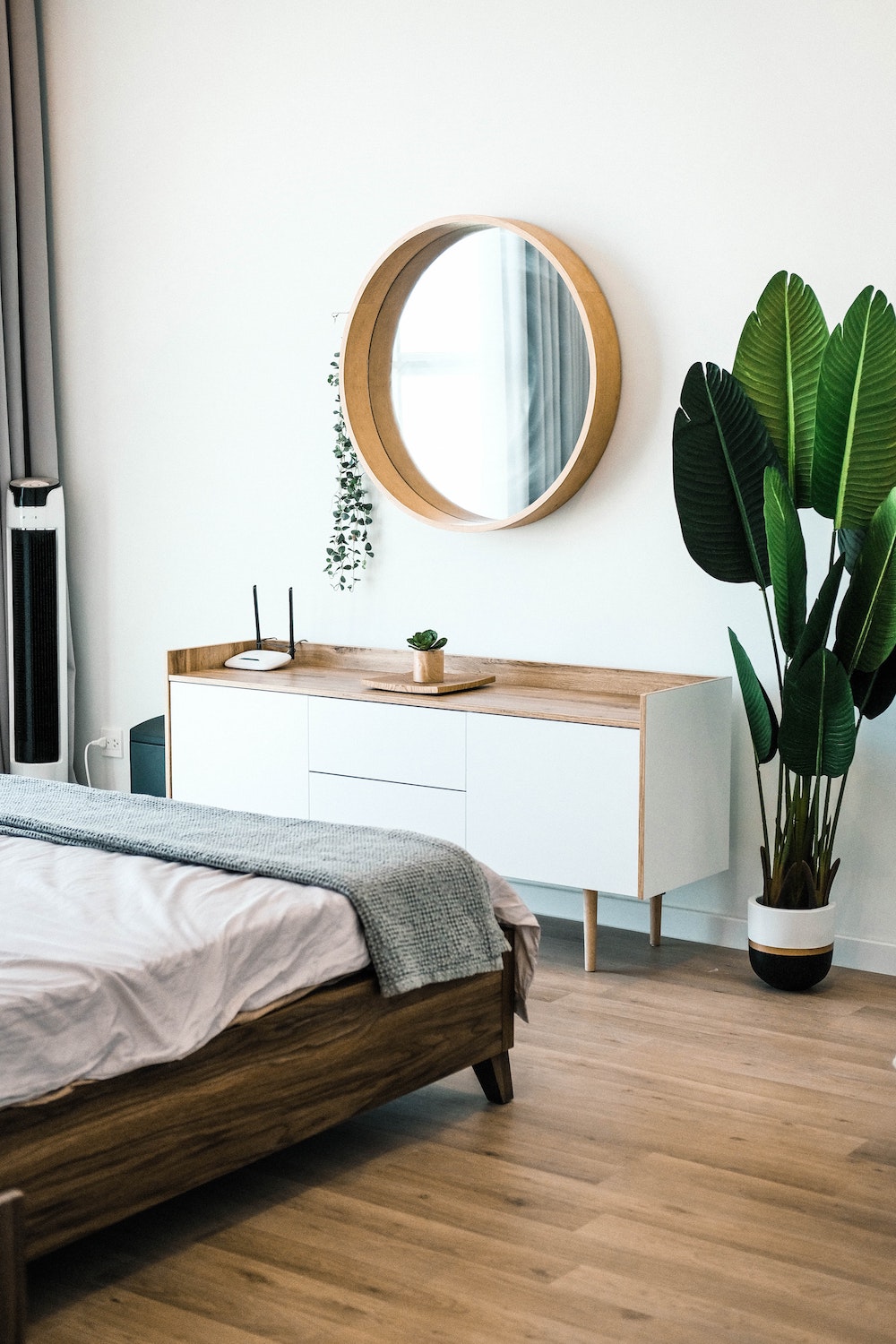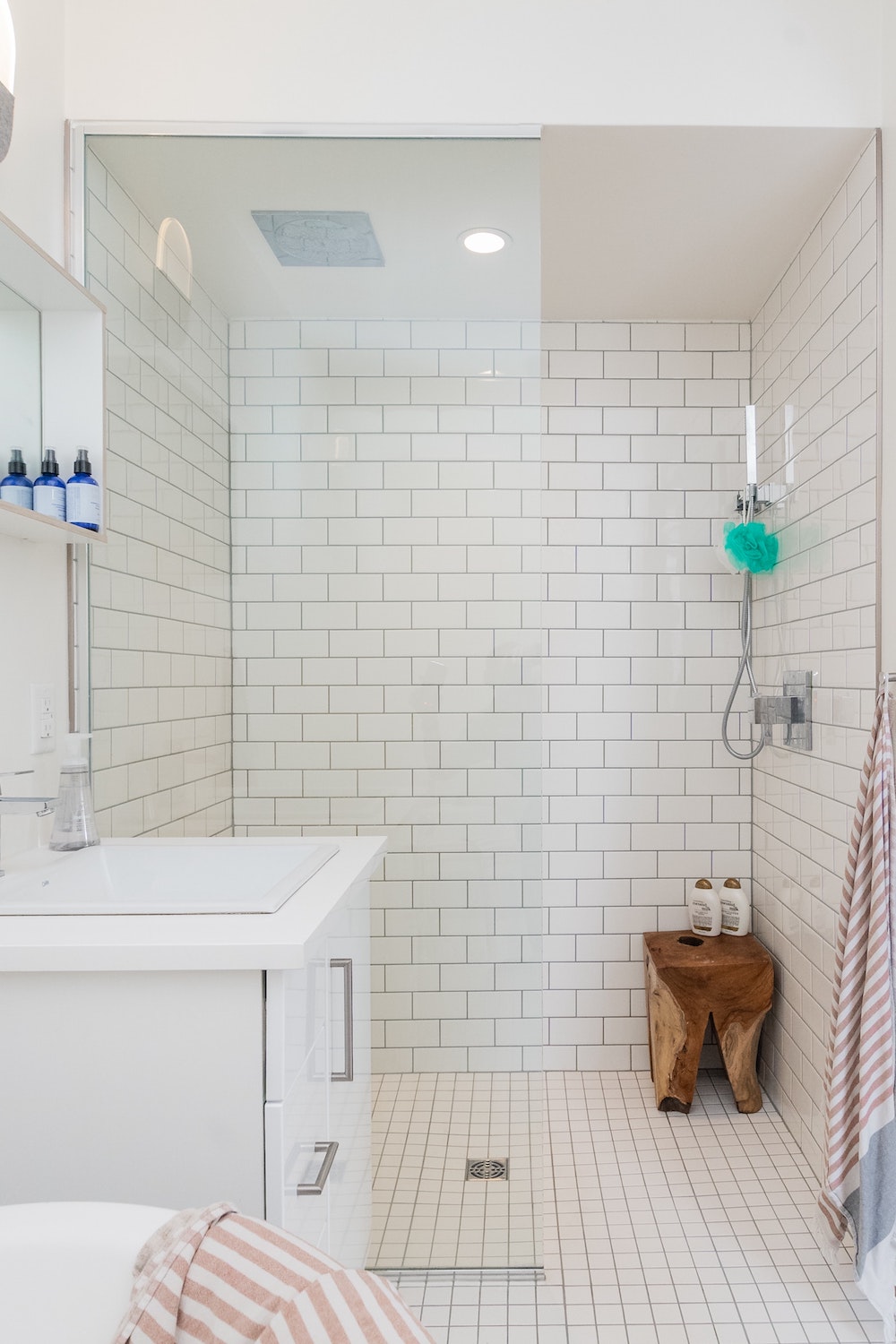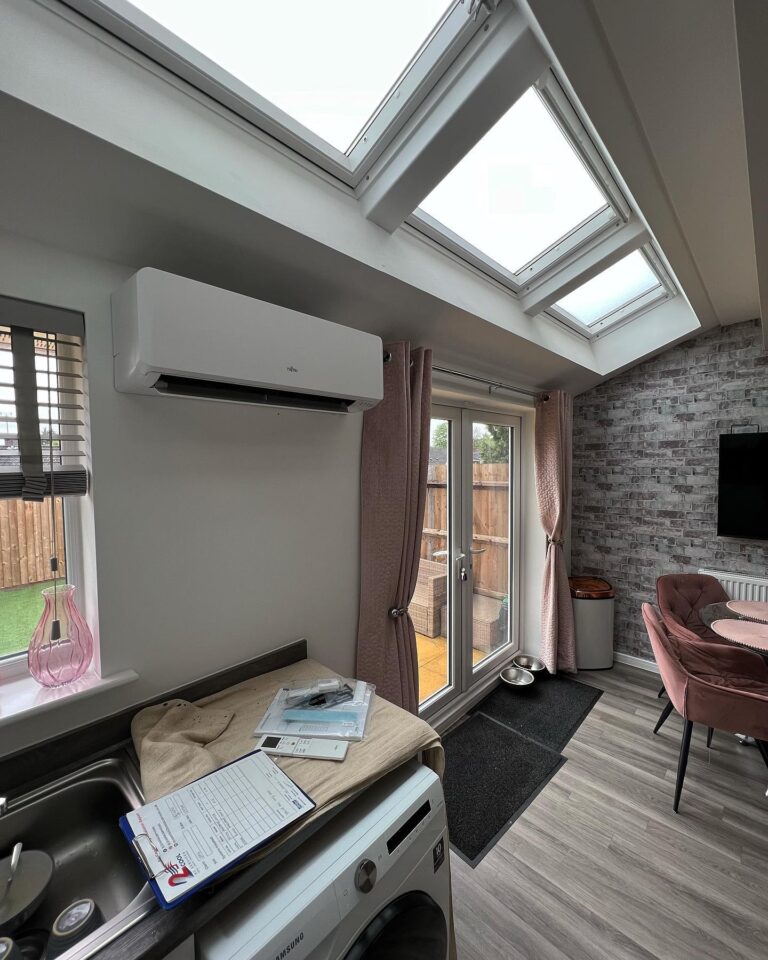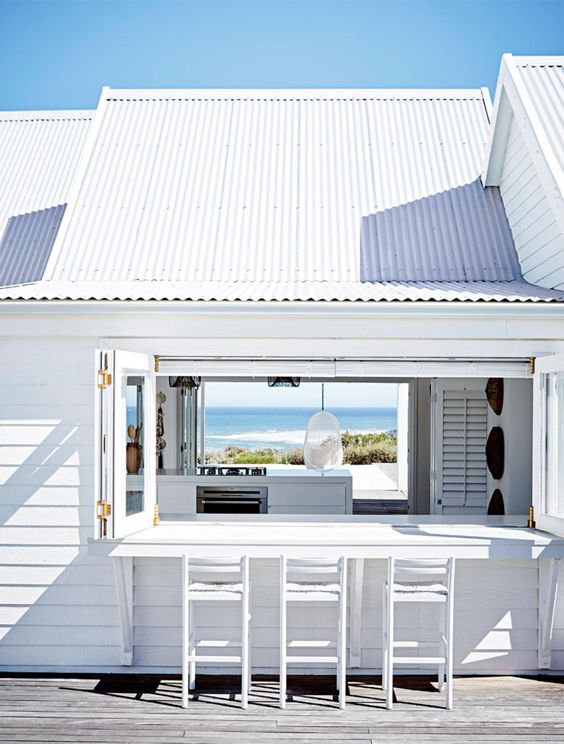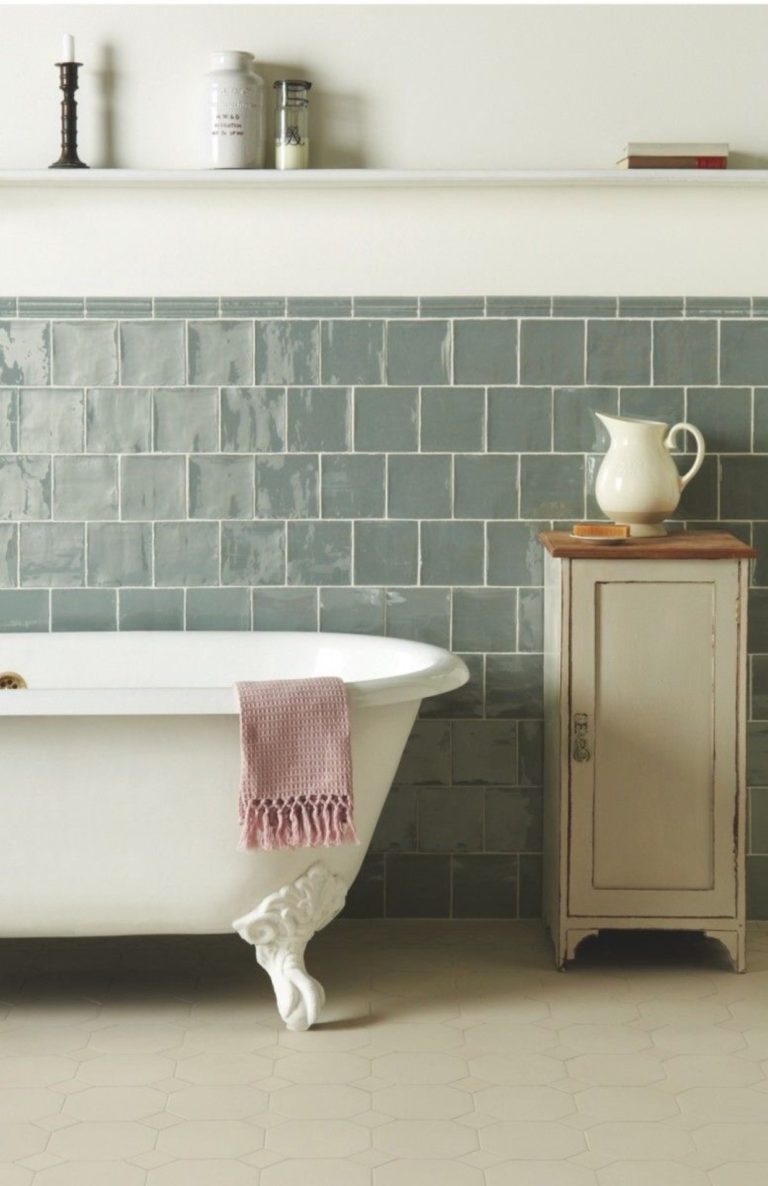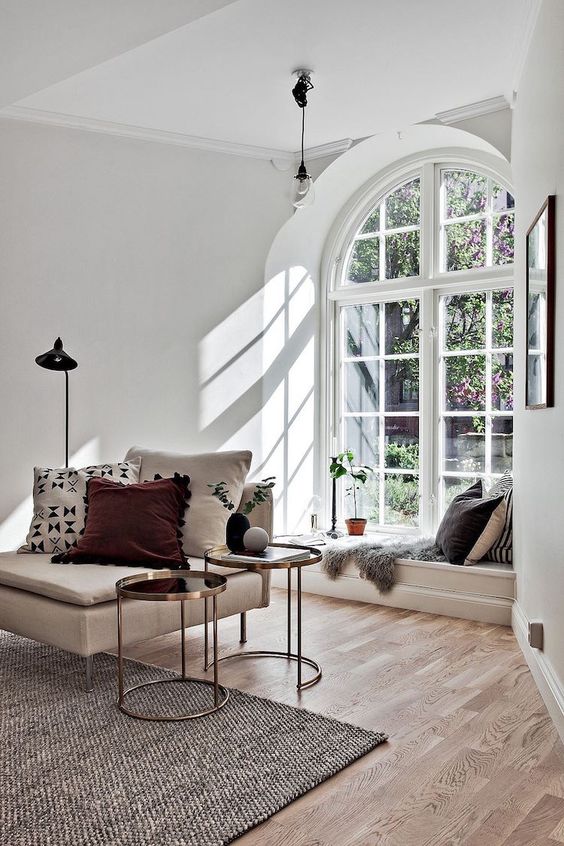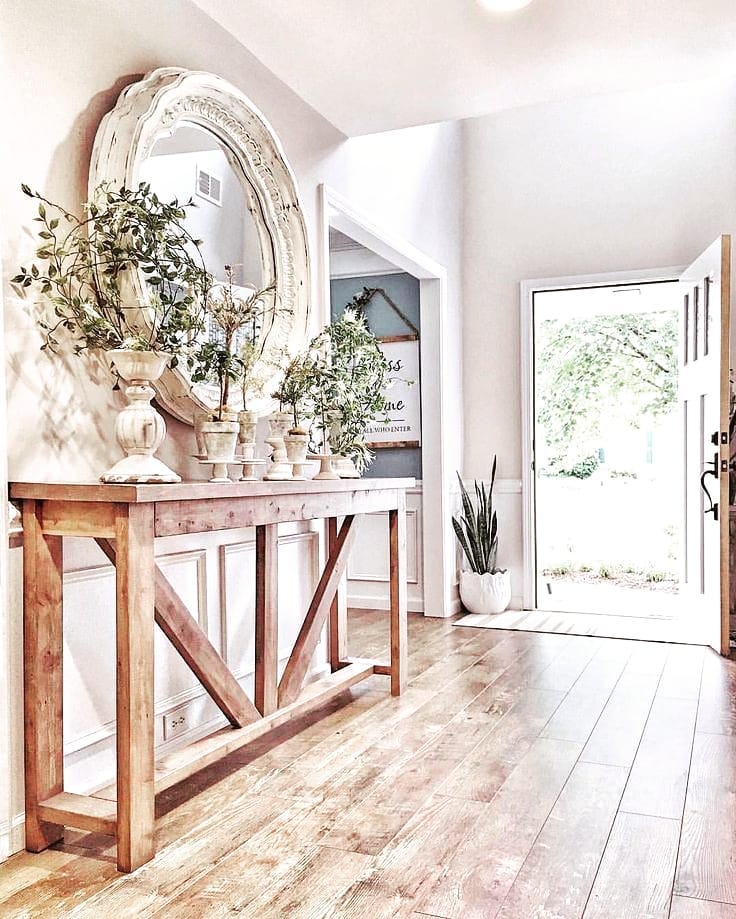5 Logistical Tips To Help You Renovate Your Home
It’s often very easy for interior designers to take a quite limited view of what decoration is, and what that means. Most don’t, of course, but the temptation is already there. Why is this? Because even though we’re aware that the reason homes are structured as they are is because of construction design principles, we know it’s hard to change those.
For that reason, it takes real dedication, effort and investment to renovate our home through and through, and that can tire some people out from time to time. It’s not hard to understand why.
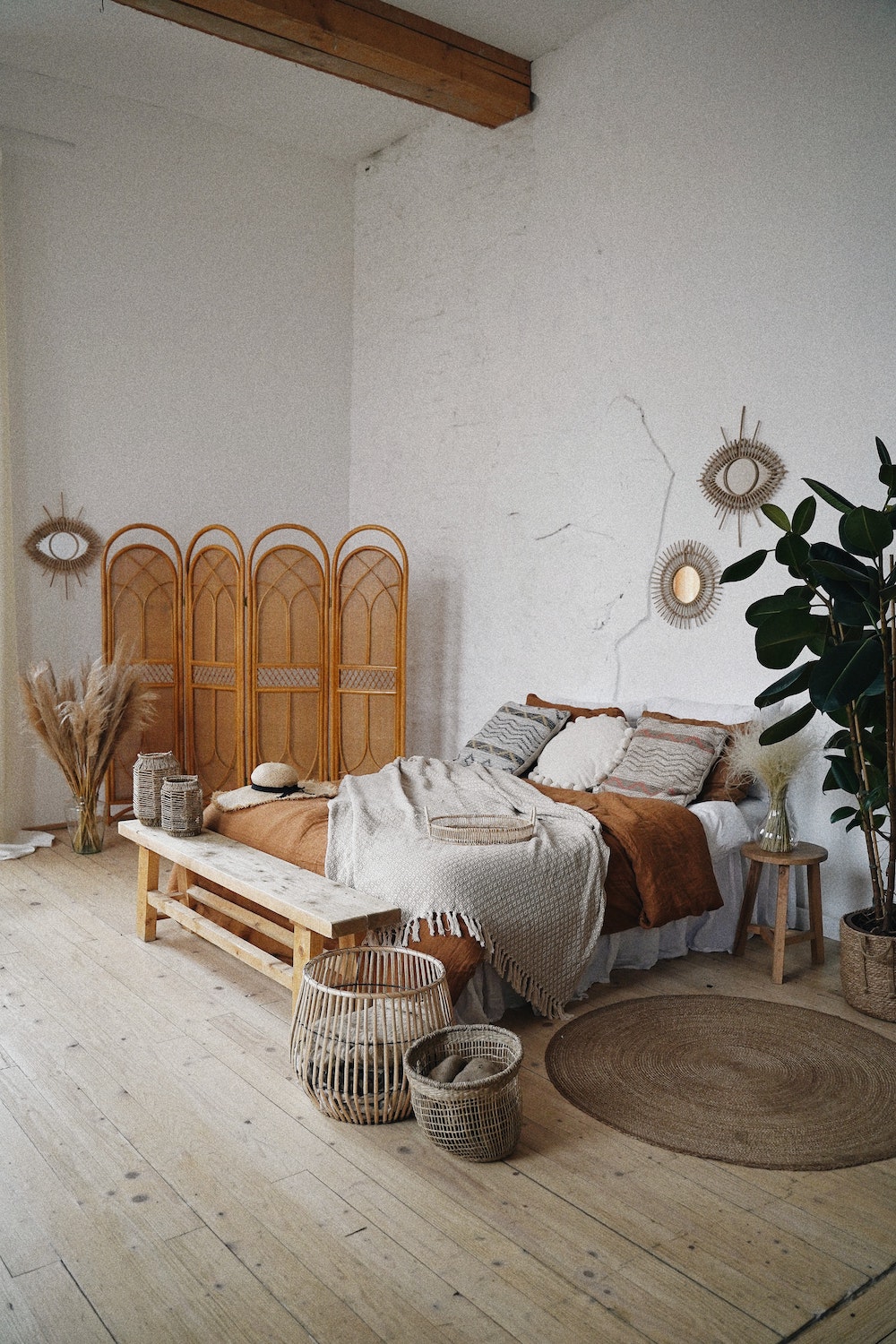
That said, there are many efforts we can take that help us make sure this process is well considered, and that it gives us the least amount of stress while helping us achieve the best possible results going forward.
Keeping that in mind can help us avoid thinking in limited terms, and instead always keeping the need for renovation on the table. But what are these logistical renovation principles worth keeping in mind? If this is your first build or if you’re taking on a new project you’ve dreamed on for some time, the following practicalities could really help you thrive:
Storage Is Essential
Of course, it’s important to remove our furniture from the area of construction, and to make sure that our homes are safe, as open as possible, and carefully protected. For that reason, it can be extremely worthwhile to use outside storage solutions to give you the additional space necessary to store these items. Using covers and making sure they are well packed within will help them stay safe against the elements, while helping you avoid having to spend over the odds for self storage elsewhere.
Storage can also help you keep certain building materials protected for a time, such as your timber, or even elements like glass windows. Be careful in your logistical planning and movement of course, but never forget the very real necessity of keeping on top of our need for space. That can end up making all the difference in the world.
Access To Your Property
Not all people live in super-accessible residential areas, and if you are encompassed in that, then it’s important to consider how you’ll provide logistical access to the deliveries, services and regular comings and goings involved with renovating a home.
It may be, for instance, that you use road matted grips to help people down your private lane in the midst of winter or in wet conditions. You may need to put up signage to show just where you hope for the deliveiries to be placed. It could even be that knocking down a small supporting wall near the driveway can help you allow bigger vechiles to come in, such as when you’re asking for the delivery and transport of a skip. Thinking about access to your property is also balanced by its opposite:
Securing Your Property
It’s not uncommon for those who are renovating their home space to have fully opened walls, windows or areas of the home that are much less secure than they otherwise would be.
It’s not likely that you’re interested in random trespassers having access to your house. For this reason, installing temporary portable fencing around the place can be important. This also allows you to place signs showcasing that private property is guaded and CCTV, small implements you can install cheaply now, is working recording. This kind of signage can also absolve you of legal liability should someone injure themselves. You may also like to implement gate locks, motion sensitive floodlights, and to take part in the neighborhood watch program in your area to make sure you’re cared for.
Electricians & Plumbers On Hand
Many interior designers are interested in construction to some degree, too. They may be more than capable of tearing down a wall, of plastering, of designing and implementing shelving units or cabinets, and more. This is technically all part of how interior design works, and can be considered under that umbrella.
You may feel somewhat sure of that yourself, especially with all the excellent and direct advice you may have read here over the years. However, one thing is certain – do not mess with plumbing or electrical circuits unless you have been directly trained and qualified to handle them. No ifs, ands or buts.
Messing with these systems is simply too dangerous, too much could go wrong, and you could cause tremendous damage to your property if you make a mistake. The last thing you need during a home renovation is to burst a pipe and see it totally soak your entire ground floor. To cut a long story short, it’s essential to have a reliable plumber and electrician on hand, those that are willing to help with the work after they have been reliabily informed of your design plans. This can help them consult you as you tear down walls, implement bathrooms, or piece together the finished wiring.
Blueprints Are Essential
Your floor plan and blueprints for crafting should be considered gospel, not a guideline, and not something you can quickly make adjustments to without thinking about them.
You can go over your renovative plans with an architect, an interior designer, and a construction expert to make sure that you have valid plans or that these already-great plans are adjusted to perfection. This helps you keep a project on time, on budget, and totally curated from top to bottom. You wouldn’t cook for your boss when hosting a dinner party without carefully going over the recipe – why improvise when it comes to your home?
For more tips and tricks that help you become the very best interior designer you could be, feel free to check out our archives! This can also help you understand what you should be planning for in the first instance.
With this advice, we hope you can plan new renovations with the most pressing logistical tips. This will make decorating all the more fun in the end.

